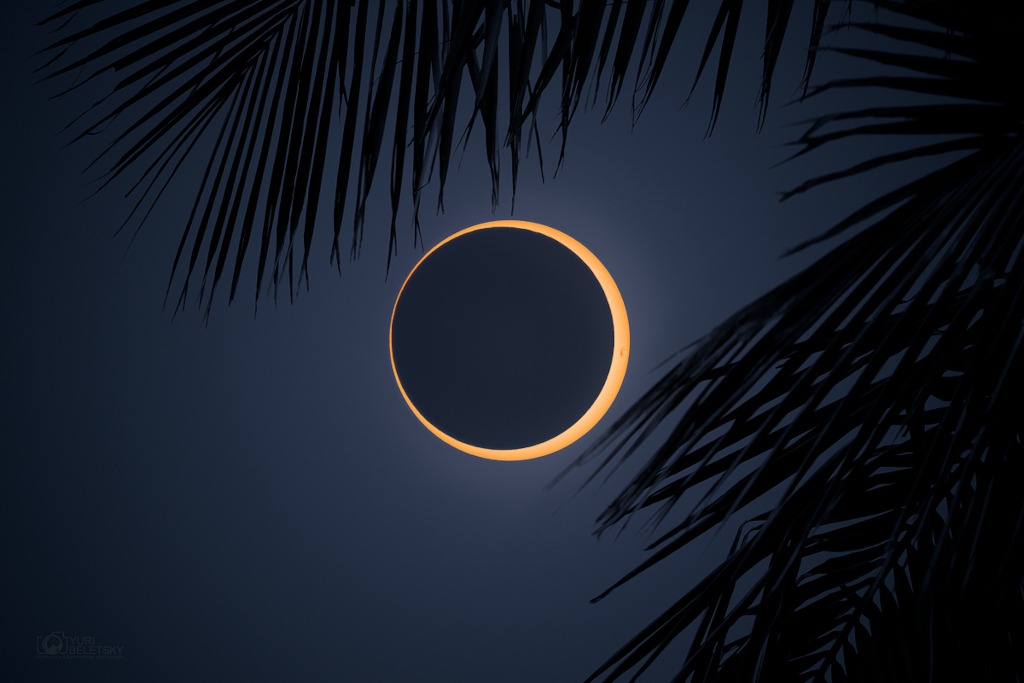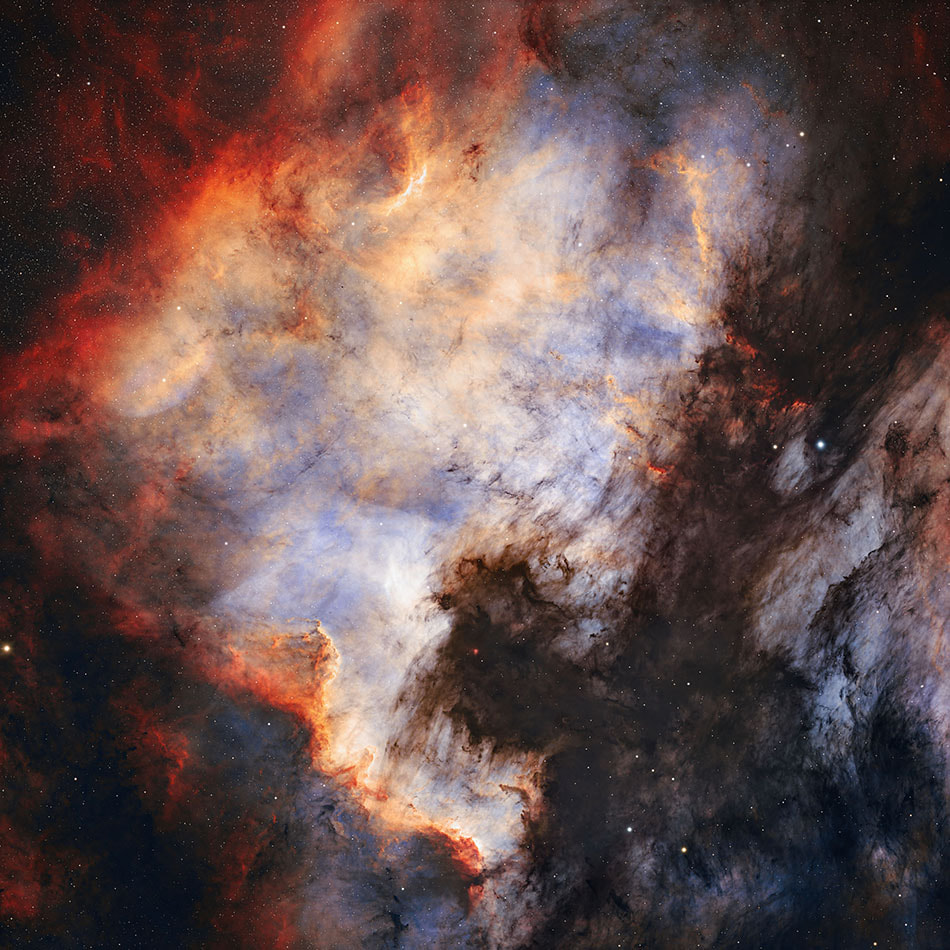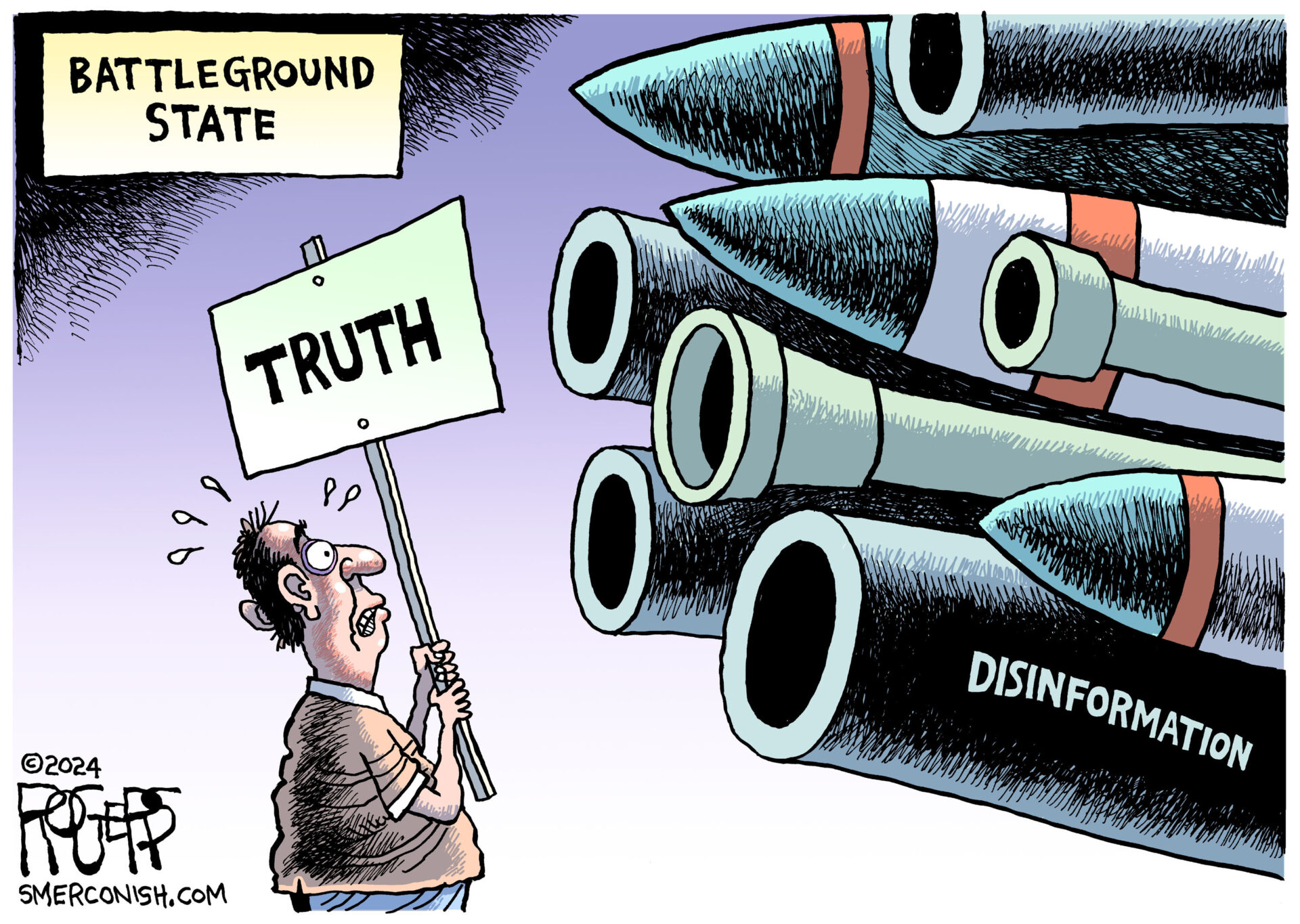Blog
October 12th 1946
Jay Epstein has put in several decades performing, recording, & touring in this jazz game. After college, I studied polyrhythmic concepts in Manhattan with Barry Altschul, the drummer in Chick Corea’s Circle. Lived in Hollywood, Oklahoma City, Montana, Miami, Minneapolis, and played in house bands for 5 years on several cruise ship lines. Been on 7 European tours with pianists Bill Carrothers & Giacomo Aula. Shared a few choruses with Rocky Robbins, Barney Kessel, Roseanna Vitro, Manfredo Fest, Sheila Jordan, Terry Gibbs, Greg Abate, Claudio Roditi, Gary Foster, Eric Alexander, Richie Cole, JoAnne Brackeen, Ernie Watts, Wayne Johnson, Karrin Allyson, Kenny Werner, Howard Levy, Bruce Henry, Toots Thielemans, Avashai Cohen, Bob Dorough, Marc Ribot, and Sarah Vaughan. My CDs, ‘Long Ago’ & ‘Easy Company’, featuring bassist Anthony Cox and pianist Bill Carrothers, have garnered luminous reviews in the international press. Current bands include Red Planet, Framework, Firebell, Tall Tales, Andrew Walesch, Sam Miltich, & Tim Sparks. I’ve endorsed Bosphorus Cymbals since 1997.
more...
From 2014 a decade ago. The Nyabinghi Collection Keta, Fonde, Buff, Lumina, Keta drums flashing the Red, Gold & Green

The second solar eclipse of 2024 began in the Pacific. On October 2nd the Moon’s shadow swept from west to east, with an annular eclipse visible along a narrow antumbral shadow path tracking mostly over ocean, making its only major landfall near the southern tip of South America, and then ending in the southern Atlantic. The dramatic total annular eclipse phase is known to some as a ring of fire. Also tracking across islands in the southern Pacific, the Moon’s antumbral shadow grazed Easter Island allowing denizens to follow all phases of the annular eclipse. Framed by palm tree leaves this clear island view is a stack of two images, one taken with and one taken without a solar filter near the moment of the maximum annular phase. The New Moon’s silhouette appears just off center, though still engulfed by the bright disk of the active Sun.

Lester Bowie (October 11, 1941 – November 8, 1999) was an American jazz trumpet player and composer. He was a member of the Association for the Advancement of Creative Musicians and co-founded the Art Ensemble of Chicago.
Born in the historic village of Bartonsville in Frederick County, Maryland, United States, Bowie grew up in St Louis, Missouri. At the age of five, he started studying the trumpet with his father, a professional musician. He played with blues musicians such as Little Milton and Albert King, and rhythm and blues stars such as Solomon Burke, Joe Tex, and Rufus Thomas. In 1965, he became Fontella Bass‘s musical director and husband. He was a co-founder of Black Artists Group (BAG) in St Louis.
In 1966, he moved to Chicago, where he worked as a studio musician, and met Muhal Richard Abrams and Roscoe Mitchell and became a member of the AACM. In 1968, he founded the Art Ensemble of Chicago with Mitchell, Joseph Jarman, and Malachi Favors. He remained a member of this group for the rest of his life, and was also a member of Jack DeJohnette‘s New Directions quartet. He lived and worked in Jamaica and Nigeria, and played and recorded with Fela Kuti. Bowie’s onstage appearance, in a white lab coat, with his goatee waxed into two points, was an important part of the Art Ensemble’s stage show.
In 1984, he formed Lester Bowie’s Brass Fantasy, a brass nonet in which Bowie demonstrated jazz’s links to other forms of popular music, a decidedly more populist approach than that of the Art Ensemble. With this group he recorded songs previously associated with Whitney Houston, Michael Jackson, and Marilyn Manson, along with other material. His New York Organ Ensemble featured James Carter and Amina Claudine Myers. In the mid-1980s, he was also part of the jazz supergroup The Leaders. Featuring tenor saxophonist Chico Freeman, alto saxophonist Arthur Blythe, drummer Famoudou Don Moye, pianist Kirk Lightsey, and bassist Cecil McBee. At this time, he was also playing the opening theme music for The Cosby Show. Bowie died of liver cancer in 1999 at his Clinton Hill, Brooklyn, New York house he shared with second wife Deborah for 20 years. The following year, he was inducted into the Down Beat Jazz Hall of Fame.
more...Billy Higgins (October 11, 1936 – May 3, 2001) was an American jazz drummer. He played mainly free jazz and hard bop.
Higgins was born in Los Angeles, California, United States. Higgins played on Ornette Coleman‘s first records, beginning in 1958. He then freelanced extensively with hard bop and other post-bop players, including Donald Byrd, Dexter Gordon, Grant Green, Herbie Hancock, Joe Henderson, Don Cherry, Paul Horn, Milt Jackson, Jackie McLean, Pat Metheny, Hank Mobley, Thelonious Monk, Lee Morgan, David Murray, Art Pepper, Sonny Rollins, Mal Waldron, and Cedar Walton. He was one of the house drummers for Blue Note Records and played on dozens of Blue Note albums of the 1960s. He also collaborated with composer La Monte Young and guitarist Sandy Bull.
more...Arthur Blakey (October 11, 1919 – October 16, 1990 Pittsburgh, PA) was an American jazz drummer and bandleader. He was also known as Abdullah Ibn Buhaina after he converted to Islam for a short time in the late 1940s.
Blakey made a name for himself in the 1940s in the big bands of Fletcher Henderson and Billy Eckstine. He then worked with bebop musicians Thelonious Monk, Charlie Parker, and Dizzy Gillespie. In the mid-1950s, Horace Silver and Blakey formed the Jazz Messengers, a group which he led for the next 35 years. The group was formed as a collective of contemporaries, but over the years the band became known as an incubator for young talent, including Freddie Hubbard, Wayne Shorter, Lee Morgan, Benny Golson, Kenny Dorham, Hank Mobley, Donald Byrd, Jackie McLean, Johnny Griffin, Curtis Fuller, Chuck Mangione, Chick Corea, Keith Jarrett, Cedar Walton, Woody Shaw, Terence Blanchard, and Wynton Marsalis. The Biographical Encyclopedia of Jazz calls the Jazz Messengers “the archetypal hard bopgroup of the late 50s.”
Blakey was inducted into the Down Beat Jazz Hall of Fame (in 1981). Posthumously, he was inducted into the Modern Drummer Hall of Fame in 1991 and the Grammy Hall of Fame (in 1998 and 2001). He was awarded the Grammy Lifetime Achievement Award in 2005.
more...There are two parts to a Fandangos de Huelva, including the estribillo, a rhythmic chordal refrain played on the guitar with or without singing, and the coplas. These two parts alternate, similar to the chorus and verse in a folk song. The Fandangos de Huelva are usually sung aflamencada ( in the flamenco style.) For the singer, the rhythm has a definite 3/4 feel, but with accents on 3 and 5, and with count 6 held at the end of the 2nd set of 6 counts (see the rhythmic example and description in the Compás sample above). Letras for Fandangos de Huelva have to do with the annual pilgrimmage to Rocio and the April and May fairs, both events held in Spain after Semana Santa. Many letras have religious significance, including the estribillo example below, which alludes to the statue of the Virgin Mary carried to the same religious site every year. When esconsed at the site, the statue becomes a sanctuary for her and for all those who travel there.
more...The North America Nebula (NGC 7000 or Caldwell 20) is an emission nebula in the constellationCygnus, close to Deneb (the tail of the swan and its brightest star). It is named because its shape resembles North America. On October 24, 1786, William Herschel observing from Slough, England, noted a “faint milky nebulosity scattered over this space, in some places pretty bright.” The most prominent region was catalogued by his son John Herschel on August 21, 1829. It was listed in the New General Catalogueas NGC 7000, where it is described as a “faint, most extremely large, diffuse nebulosity.” 2200 ly.

more...
Ed Volker, aka Zeke (born October 10, 1948) is a singer, songwriter and keyboard player from New Orleans, Louisiana, and a founding member of the legendary New Orleans band, The Radiators. Volker is a prolific songwriter who has written hundreds of songs, including the majority of The Radiators’ original material, as well as many other songs that he reserves for his solo act. Ed Volker on keys/vocals, Peter Ostroushko mandolin/violin, mick laBriola percussion & congas.
more...Cyril Garrett Neville (born October 10, 1948) is an American percussionist and vocalist who first came to prominence as a member of his brother Art Neville‘s funky New Orleans–based band, The Meters. He joined Art in the Neville Brothers band upon the dissolution of the Meters.
He has appeared on recordings by Bob Dylan, Robbie Robertson, Edie Brickell, Willie Nelson, Dr. John and The New Orleans Social Club among others.
Neville is interviewed on screen and appears in performance footage with The Neville Brothers in the 2005 documentary film Make It Funky!, which presents a history of New Orleans music and its influence on rhythm and blues, rock and roll, funk and jazz. In the film, the band performs “Fire on the Bayou” with guests Ivan and Ian Neville. Neville was also featured in the 2006 documentary film New Orleans Music in Exile.
In 2005, Neville joined up with Tab Benoit for the Voice of the Wetlands Allstars to bring awareness to Louisiana’s rapid loss of wetlands along the Gulf Coast. The band also features Waylon Thibodeaux, Johnny Sansone, Anders Osborne, Monk Boudreaux, George Porter Jr., Johnny Vidacovich, and Dr. John. The band has become a main feature at the annual New Orleans Jazz & Heritage Festival.
After Hurricane Katrina he moved to Austin, Texas, but as of 2012 lives in Slidell, Louisiana.Soul Rebels Brass Band featured Neville as a special guest on their Rounder Records debut record, Unlock Your Mind, released on January 31, 2012. The Soul Rebels’ name was conceived by Neville at the New Orleans venue Tipitina’s, where the band was opening.
In 2010, Neville joined popular New Orleans funk band Galactic. He put aside his solo career to tour internationally with the band.
In 2012, Cyril Neville joined forces with Devon Allman (son of Gregg Allman of The Allman Brothers Band), award-winning blues-rock guitarist Mike Zito, bassist Charlie Wooton, and Grammy-winning drummer Yonrico Scott to form Royal Southern Brotherhood, a blues-rock supergroup.
more...John Edward Prine (October 10, 1946 – April 7, 2020 Maywood, Il) was an American singer-songwriter of country-folk music. Widely cited as one of the most influential songwriters of his generation, Prine was known for his signature blend of humorous lyrics about love, life, and current events, often with elements of social commentary and satire, as well as sweet songs and melancholy ballads. He was active as a composer, recording artist, live performer, and occasional actor from the early 1970s until his death.
Born and raised in Maywood, Illinois, Prine learned to play the guitar at age 14. He attended classes at Chicago’s Old Town School of Folk Music. After serving in West Germany with the U.S. Army, he returned to Chicago in the late 1960s, where he worked as a mailman, writing and singing songs first as a hobby. Continuing studies at the Old Town School, he performed at a student hang-out, the nearby Fifth Peg. A laudatory review by Roger Ebert put Prine on the map. Singer-songwriter Kris Kristofferson heard Prine at Steve Goodman‘s insistence, and Kristofferson invited Prine to be his opening act. Prine released his eponymous debut album in 1971. Featuring such songs as “Paradise”, “Sam Stone” and “Angel from Montgomery“, it has been hailed as one of the greatest of all albums.
The acclaim Prine earned from his debut led to three more albums for Atlantic. Common Sense (1975) was his first to chart on the Billboard U.S. Top 100. He then recorded three albums with Asylum Records. In 1981, he co-founded Oh Boy Records, an independent label which released all of his music up until his death. His final album, 2018’s The Tree of Forgiveness, debuted at #5 on the Billboard 200, his highest ranking on the charts.
Prine struggled with health issues throughout his life, surviving cancer twice. He died in 2020 from complications caused by COVID-19. Earlier the same year, he received the Grammy Lifetime Achievement Award.
more...
Julian Clifford Mance, Jr. (October 10, 1928 – January 17, 2021), known as Junior Mance, was an American jazz pianist and composer. Mance first played with Gene Ammons in Chicago in 1947 while he was enrolled at Roosevelt. He recorded with Ammons on September 23 that year for Aladdin Records, and they worked in New York City during a week when Mance was suspended from school (having been caught playing jazz in a practice room).While on tour, Lester Young came to see Ammons play at the Congo Lounge in Chicago in 1949. Young’s piano player, Bud Powell, had missed his flight to Chicago, and Young asked Mance to replace him, thinking Mance was a fill-in rather than Ammons’ regular pianist. Having just been offered Stan Getz‘s chair in the Woody Herman band, Ammons was “delighted” to let Mance go. Mance recorded with Young for Savoy Records that year, and reunited with Ammons to record with Sonny Stitt for Prestige Records in 1950.
more...Thelonious Sphere Monk (October 10, 1917 – February 17, 1982 Rocky Mount, NC) was an American jazz pianist and composer. He had a unique improvisational style and made numerous contributions to the standard jazz repertoire, including “‘Round Midnight“, “Blue Monk“, “Straight, No Chaser“, “Ruby, My Dear“, “In Walked Bud“, and “Well, You Needn’t“. Monk is the second-most-recorded jazz composer after Duke Ellington.
Monk’s compositions and improvisations feature dissonances and angular melodic twists, often using flat ninths, flat fifths, unexpected chromatic notes together, low bass notes and stride, and fast whole tone runs, combining a highly percussive attack with abrupt, dramatic use of switched key releases, silences, and hesitations.
Monk’s distinct look included suits, hats, and sunglasses. He also had an idiosyncratic habit during performances: while other musicians continued playing, Monk would stop, stand up, and dance for a few moments before returning to the piano.
Monk is one of five jazz musicians to have been featured on the cover of Time (the others being Louis Armstrong, Dave Brubeck, Duke Ellington, and Wynton Marsalis).
more...

More Posts
- Denny Laine Day
- Pim Jacobs Day
- Zoot Sims Day
- World Music with Troka
- Daily Roots with Hugh Madoo
- The Cosmos with NGC 604
- Ben Harper Day
- Richard Bona Day
- Glen Moore Day
- World Music with Maisey Rika
- Daily Roots with Horace and Patrick Andy
- The Cosmos with NGC 6888
- Amir Perelman Day
- Phillip Catherine Day
- Henry Townsend Day
- World Music with Kodjovi Kush and Afrospot All Stars
- Daily Roots with Macka B
- Shabbat for the Soul at Mt Zion Temple
- The Cosmos with IC59/63
- Bootsy Collins Day
